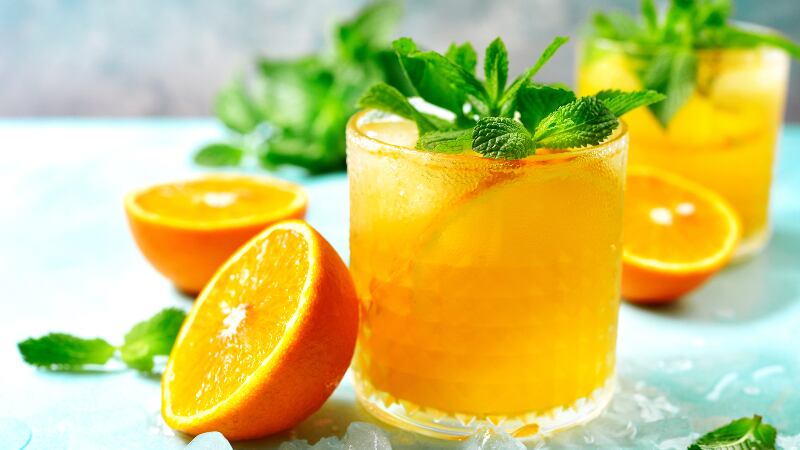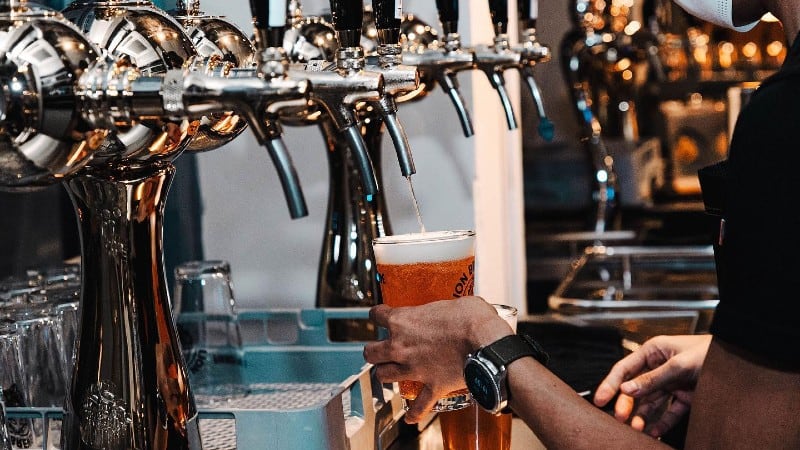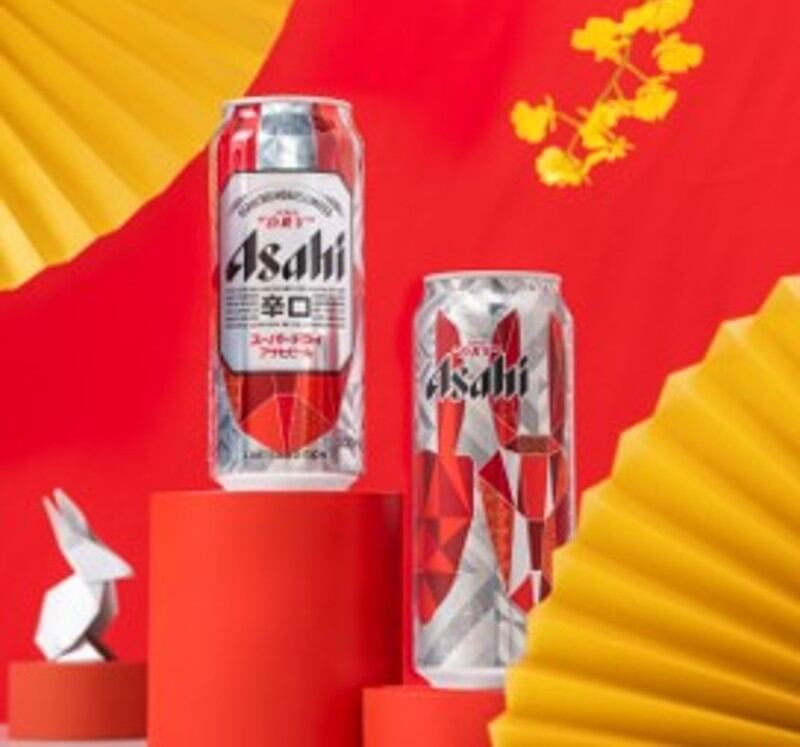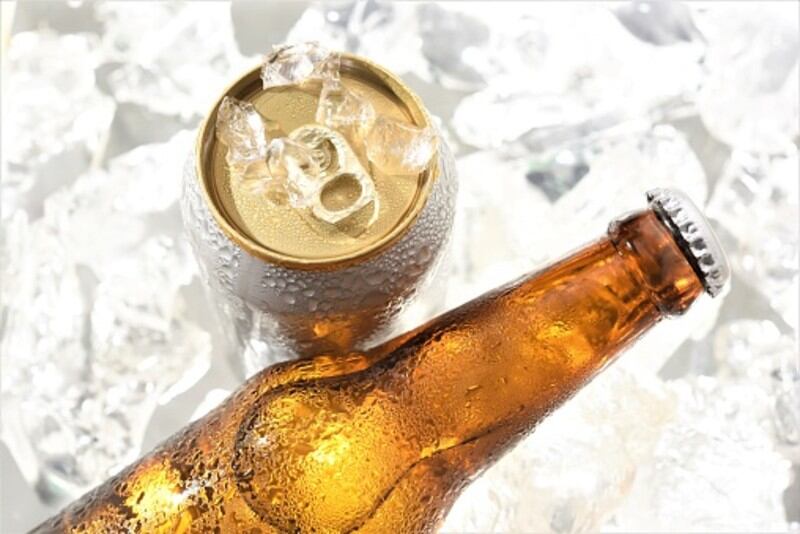They also report that growing demand has catalysed innovation in the low-to-no alcohol beverage space.
According to Global Market Insights, the global low-to-no alcohol beverage market was valued at US$20bn in 2018 and is forecasted to reach US$30bn by 2025.
In the Asia-Pacific (APAC) region, the sector is estimated to grow by more than 7% between 2019 and 2025.
This growth is driven by consumers who are showing a greater preference for “mindful drinking”, as stated in Ai Palette’s 2023 Asia Food & Beverage Trends report.
Similar observations have been made by global nutrition company ADM.
“Gen Zs and millennials display a strong desire to limit or reduce their alcohol consumption as part of their holistic wellness goals. In addition to introducing products with lower alcohol content, brands are targeting this group of young consumers by formulating beer with low-to-no alcohol and launching low-calorie hard seltzers,” Sarah Lim, APAC marketing director at ADM, told FoodNavigator-Asia.
There is also a rising demand for unique flavour profiles and combinations.
“Interestingly, 68% of global consumers say they are willing to pay a premium for drinks that contain new and unusual flavours. With China reopening its borders, Chinese consumers are eager to travel across the world to discover new flavours and revisit past favourites.
“In fact, 58% of Chinese consumers are interested to try alcohol-blurred beverages — alcoholic drinks concocted with mixers like juice or tea. The medley of flavours creates a new dimension of complexity and uniqueness. Brands that utilise high-quality ingredients, coupled with the offering of a sensory experience, will be able to satisfy the needs of this consumer group who are looking to indulge in moderation,” Lim added.
In her words, the sensory experience consists of aspects such as sight (packaging), smell (aroma) and taste (flavour), which serve as a guide when it comes to product innovation.
Healthy but tasty
In the Ai Palette report, it is said that consumers are attracted to alcoholic beverages with full-bodied flavours in low or zero ABV formats.
“Most flavours and ingredients associated with low-to-no alcohol drinks are fruits, which help retain a satisfying taste, despite the reduction or removal of alcohol. Garnishes are used not only to enhance visual appeal, but also to provide additional layers of flavour. They are often chosen to complement the overall taste and texture of the drink,” the authors wrote.
Meanwhile, a study by ADM found that citrus flavours such as calamansi, yuzu and mikan, which pair well with tea notes, are gaining popularity in APAC.
“Female and young consumers are pushing flavoured alcohol beverage launches in the region. Specifically, citrus is a key tonality in beer, cider and flavoured alcoholic drinks. Citrus flavours offer a refreshing, light and yet prominent taste,” said Lim.
ADM’s portfolio of beverage solutions includes flavours like fruits, herbs and spices, as well as functional ingredients such as Fibersol, a low-calorie dietary fibre that can be used in a variety of applications.
For health-conscious consumers, sugar reduction is another area of concern.
To support manufacturers in producing low-to-no alcohol drinks that consumers can enjoy guilt-free, ADM has developed a range of low- and no-calorie sweeteners that can replace sugar, and flavour solutions with bitter-masking qualities to boost mouthfeel.
“As more and more consumers are taking proactive steps to improve their health and well-being, personalisation is an area in the low-to-no alcohol beverage space that we foresee continued growth.
“Moreover, clean label trends are making their way into this sector. Increasingly, we see consumers turning to naturally sourced and recognisable ingredients, which we believe will play an important role in influencing their purchasing decisions in the near future,” Lim shared.





